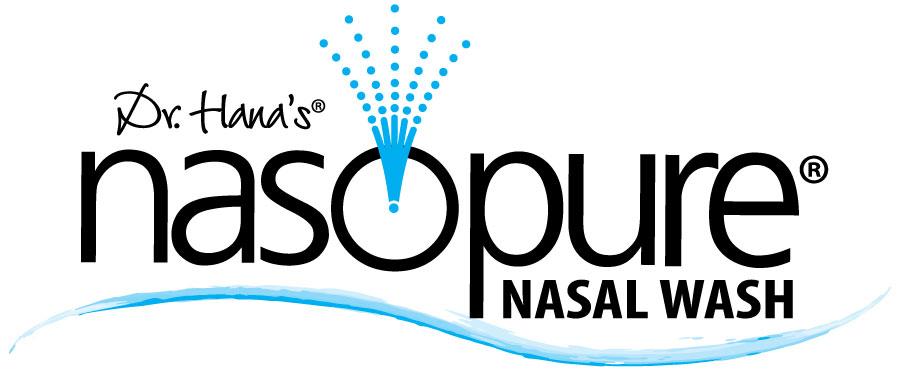Good results with nasal irrigation are not limited to adults. Many children can benefit from nasal washing as well. Because of the limited treatment options to control nasal congestion, runny nose, and cough in children younger than twelve, washing becomes even more important in this age group. The FDA in October, 2008 recommended that over-the-counter cold medication not be used in children under four years of age. Additionally, the agency cautioned that these drugs may not be safe in children from two to twelve years old. To control symptoms, parents have been encouraged to return to simpler, more natural remedies, including nasal saline drops for infants and washing for older children. Many of the children have had numerous ear infections but always seem to have a runny nose and chronic congestion. When properly instructed by their doctors and coached by their parents, nose washing can successfully be used to treat nasal symptoms in children and to help decrease colds, sore throats and ear infections.
Washing helps clear nasal secretions that can lead to chronic sniffling. I have often thought that if kids could just blow their nose they could alleviate many of their upper respiratory and ear complaints. Washing is able to help clear young noses.
Chronic sniffling can lead to negative pressure in the middle ear. This negative pressure can pull tissue fluid into the middle ear causing pain and decreased hearing. Have you have ever been on airplane and not been able to clear your ears? That’s the type of discomfort a child may feel when the pressure hits. No wonder they can be cranky.
In the case of “Jamie,” this four-year old was working on getting his second set of ear tubes. He got his first set of tubes when he was eleven months old. They stayed in for 21⁄2 years. Well, that’s how long he went before having another infection. Before the ear surgery there were lots of sleepless nights and lots of trips to the doctor’s office. The parents were concerned the cycle may be repeating itself again. Increasingly, Jamie was complaining about earaches. The parents were not sure if he had selective hearing loss or if his hearing may actually have been getting worse.
Even though the family was quick to seek consultation with an ENT (Ear, Nose & Throat specialist) after having an initial good experience with ear tubes, they were hesitant to have surgery again. They were spending more time at the lake and wanted Jamie to start swimming lessons. They were concerned about scarring in his eardrums. Except for some allergies, Jamie was a healthy young boy. He just seemed to always have a runny nose. Try as they did, his parents were unable to teach him to blow his nose. Jamie was too busy “doing boy stuff” to care; a long sniff of his nose or wipe of his nose with his hand was fine with him. When his allergies got bad the family relied on oral antihistamines.
On exam, Jamie seemed to be a happy, healthy child. His nose was somewhat congested with a mild increase in drainage. In general, he had a good nasal airway, mostly breathing through his nose. His tonsils were not particularly enlarged. His ears, however, were full of fluid. The retracted nature of the ear drum and the light tan color of the fluid suggested to me that he had a thick mucus effusion resulting in a blockage-type hearing loss (conductive loss) usually corrected by treating the effusion. A hearing test confirmed that he had a 25db conductive hearing loss. I explained to the parents that this was comparable to walking around with fingers in your ears. Usually when there is hearing loss, I tend to be more aggressive in suggesting tubes. Going into the summer months, with his desire to swim and considering his history of poorly controlled nasal symptoms, I felt it was important to give him a chance at conservative management. I strongly felt that clearing up his nose would be his best chance of avoiding surgery. Drying up his nose seemed like the impossible dream to his mother, who had long complained about the constant drip. After reviewing the options with the family, I began to suggest nasal washing. I explained how the Nasopure system was designed with the young nose in mind. I explained the steps to success that others had followed, including parental encouragement and demonstration. Kids who see the parents washing their nose are more likely to try it. It also helps to allow the child to play with the irrigation bottle during bath time, introducing nasal washing to him over time.
Four weeks later at his follow up visit, I was happy to hear that Jamie had mastered the irrigation technique and Mom was happy that his nose was clean. Jamie was actually asking for the irrigation because he liked having a clean nose too.
He still had fluid in his ears, but now the retraction of the eardrum was much less and there were a few air bubbles in the middle ear. The return of air to the middle ear was a certain sign we were on the right track. Over the next few weeks he was able to clear his ears and successfully avoid surgery.
Nasal washing may not always be practical in children younger than two. But it can almost always be tried in older children to either prevent surgery or to avoid the need for a 2nd and 3rd set of ear tubes.
Kelvin Walls, M.D.
Otolaryngologist (aka ENT; Ears, Nose, Throat–Head and Neck Surgeon) Lee’s Summit, Missouri
